Dynamometers, or “dynos” for short, are devices for measuring force, torque (moment of force), or power. For instance, the power generated by a motor, engine, or any rotating prime mover may be determined by simultaneously measuring rotational speed (rpm) and torque. Read More…
We provide dynamometer test controls and equipment for a wide range of applications. Our test cell control system is compatible with all types of dynamometers, including AC & DC motoring dynos & Water Brake Systems. Our products all include the durability & quality customers expect from SAKOR. Our dynamometers are powerful & affordable for the automotive, aerospace & heavy equipment industries.
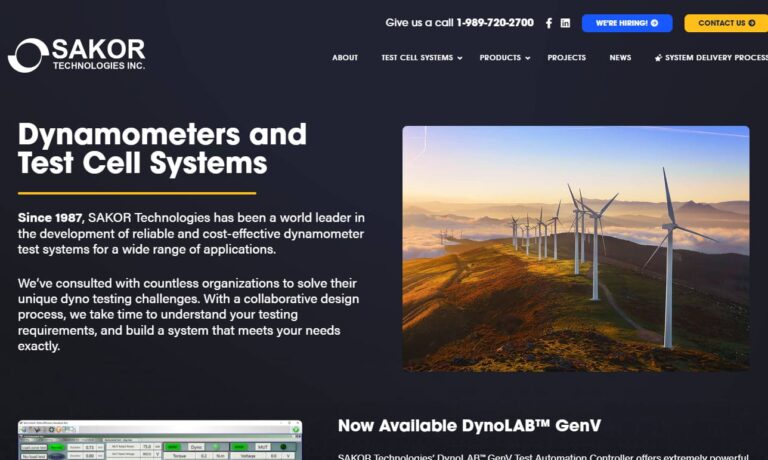
Phoenix Dynamometer Technologies LLC offers the most comprehensive approach to water re-circulation systems, data acquisition systems, and dynamometers in the industry. Along with these high performance products, we also offer business continuity and a competitive advantage for our customers. Come and experience the kind of service that sets us above our competitors. We would love to serve you...
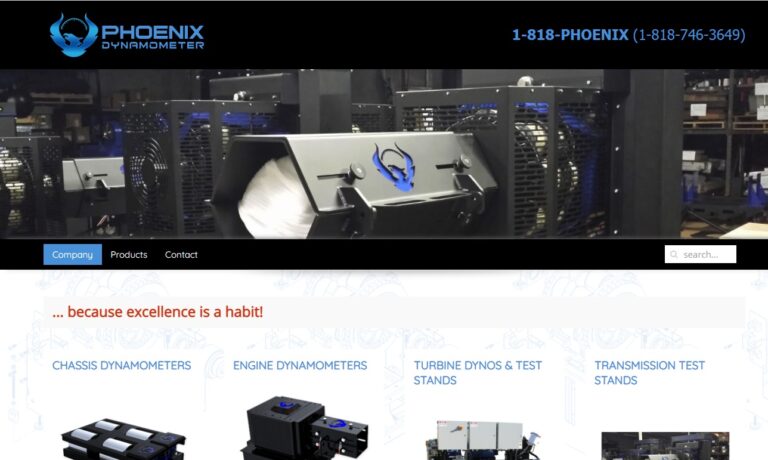
Since our inception we have been committed to manufacturing top of the line dynamometers that will stand up to the rigorous wear and tear of every day application. Our products serve in many diverse industries including automotive, automation, industrial as well as a broad variety of others! To learn more about what we may be able to do for you visit our website today for more information!

Since our inception we have been committed to manufacturing top of the line dynamometers that will stand up to the rigorous wear and tear of every day application. Our products serve in many diverse industries including automotive, automation, and industrial as well as a broad variety of others! To learn more about what we may be able to do for you visit our website today for more information!

More Dynomometer Manufacturers
What is a Dynamometer?
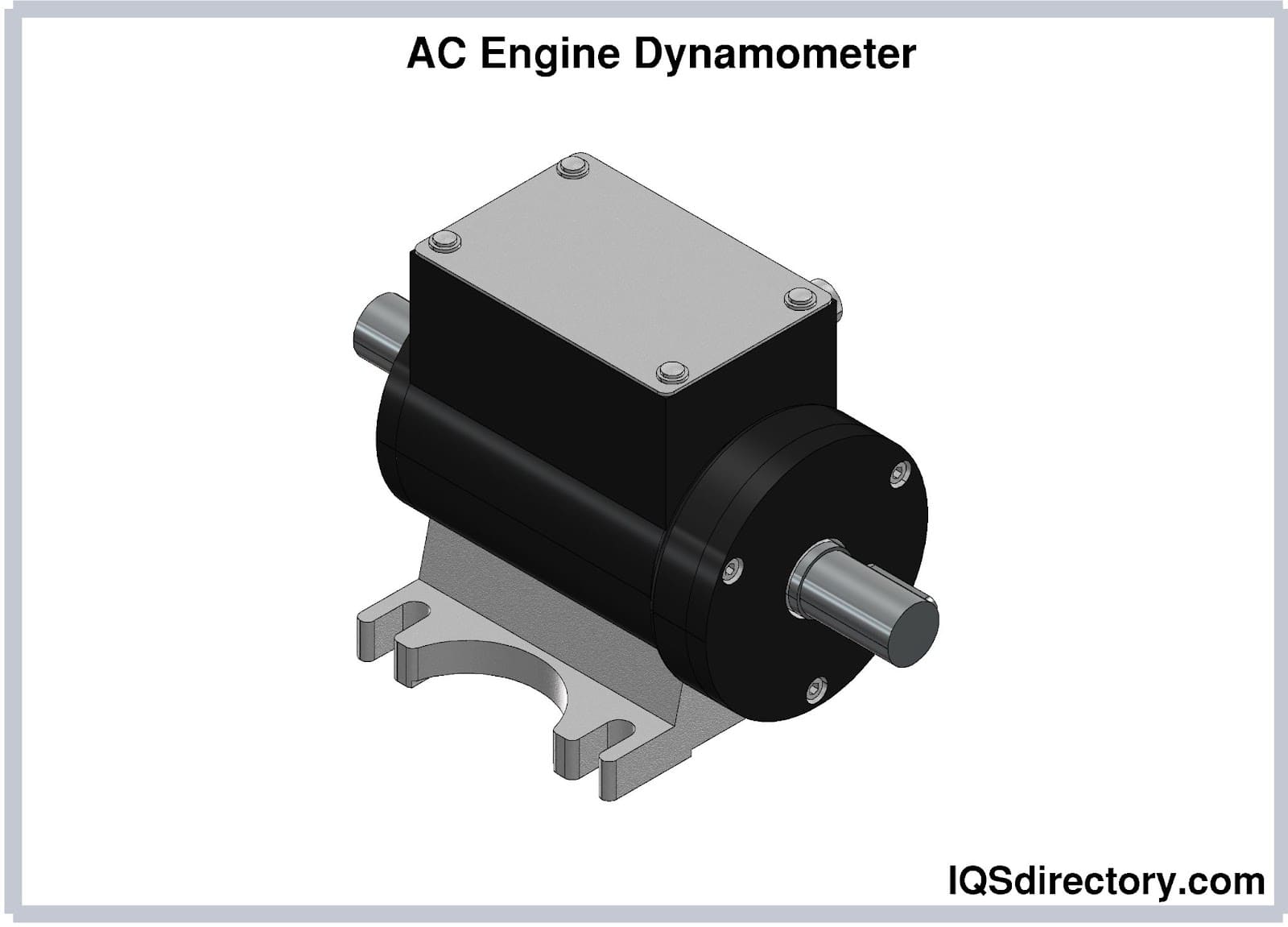
A dynamometer could also be used to calculate the power and torque needed to operate a driven machine like a pump. In that case, a driving dynamometer or motoring is used.
A dynamometer which is designed to be driven is called a passive or absorption dynamometer. A dynamometer which can either absorb or drive is called an active or universal dynamometer.
How a Dynamometer Works
Dynamometers measure, record, observe, and evaluate all types of data from an engine. They measure the force applied or produced by a given device. They can measure both compressive and tensile strength depending on the design. In the vehicle industry, dynamometers measure the values of torque of engines and their power.
Considerations when Selecting a Dynamometer
The following steps/considerations will help in choosing the right dynamometer:
- Maximum power absorption
- Torque capacity
- Maximum rotary speed
- Maximum linear speed
Maximum power absorption is the maximum rotational power a dynamometer may be subjected to and still function within specifications. This is generally limited by braking or absorption technology and configuration. The torque capacity is the maximum non-stop torque transmission designed for the shaft. Maximum rotary speed is maximum specified rotational speed under load.
Types of Dynamometer
The different types of dynamometers include:
Rope Brake Dynamometers
- Rope brake dynamometers are a device for measuring braking power of an engine. It has some rope turns wound around the spinning drum connected to the output shaft. One side of the rope is attached to a spring balance while the other side attaches onto a loading device.
Chassis Dynamometers
- Chassis dynamometers measure vehicle wheel rotation by using computer software to calculate motor or engine torque. They are torque testers, which are stationary rollers upon which vehicles’ wheels are put and to measure their rotation.
Engine Dynamometers
- Engine dynamometers take measurements right from the engine with low computer intervention. They utilize some analogue dials and gauges, although their final measurement is determined by a computer. They generate very accurate, reproducible results.
Fluid Dynamometers
- Fluid dynamometers absorb a range of power outputs generated by an engine’s spinning shaft. Power absorbing attributes are controlled by modifying fluid media attributes in terms of their temperature or density and viscosity.
Universal Dynamometers
- Universal dynamometers have sensors for measuring speed, power and torque.
Water Brake Dynamometers
- Water brake dynamometers comprise a variety of hydraulic types. It is an absorption dyno since it can only absorb power and cannot power an engine.
AC Dynamometers
- An AC Dynamometer is simply an AC motor or generator. It is a universal dynamometer since it can both absorb power and power an engine. AC meters are cutting edge and more commonly used in racing engines.
Driving Dynamometer
- Driving dynamometers determine the type of motor needed to operate an engine. The components include a motor with meters and monitors attached to a measured device.
Absorption Dynamometers
- Absorption dynamometers are any of many dynamometers where energy measured is then absorbed by electrical or frictional resistances, like in a Prony brake.
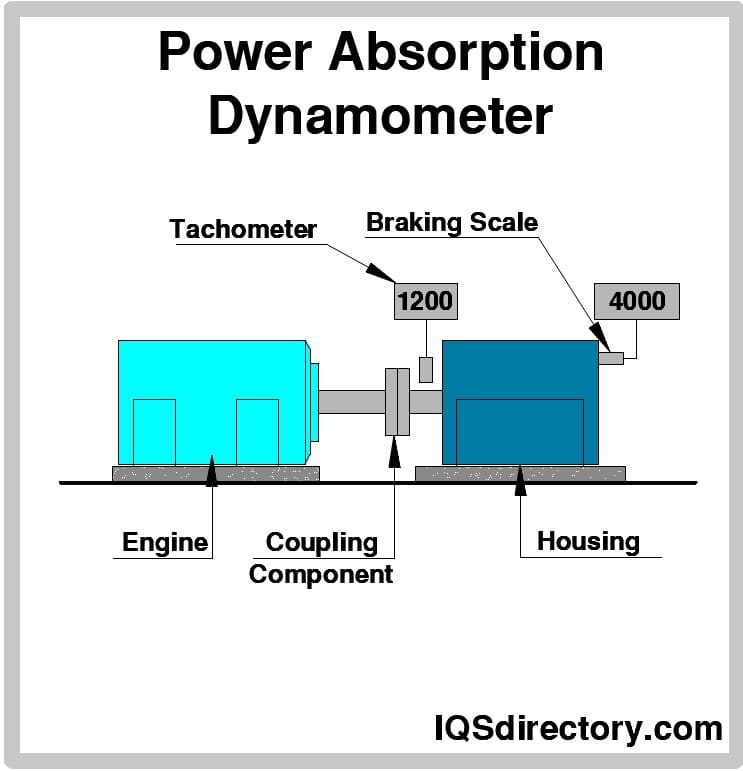
Hydraulic Dynamometer
- It operates on the principle of dissipation of power in fluid friction instead of dry friction. It comprises an inner rotating part or impeller coupled with the engine’s output shaft.
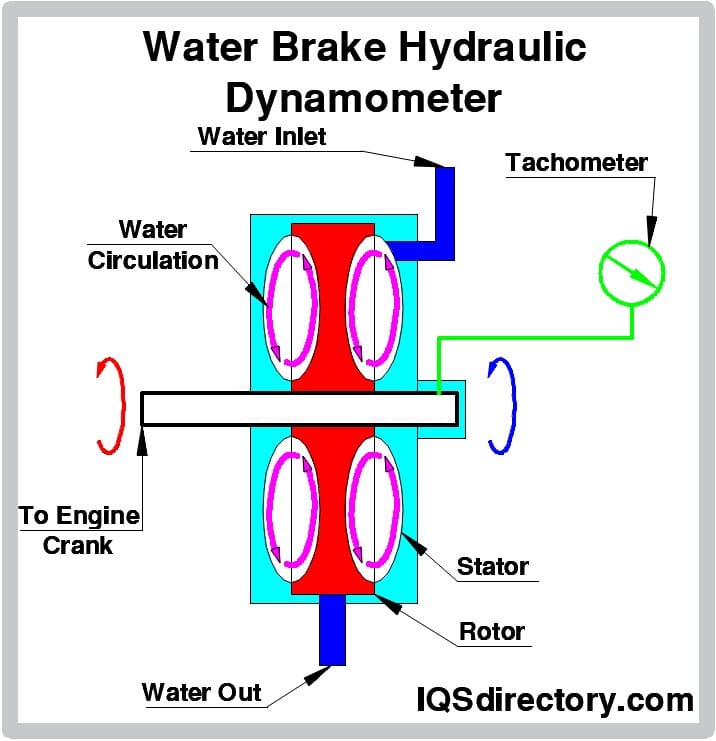
Prony Brake Dynamometer
- It comprises two wooden blocks, each of which hold about less than a half of the pulley rim. The two blocks may be drawn together using bolts, between springs, so as to improve pressure on the pulley.
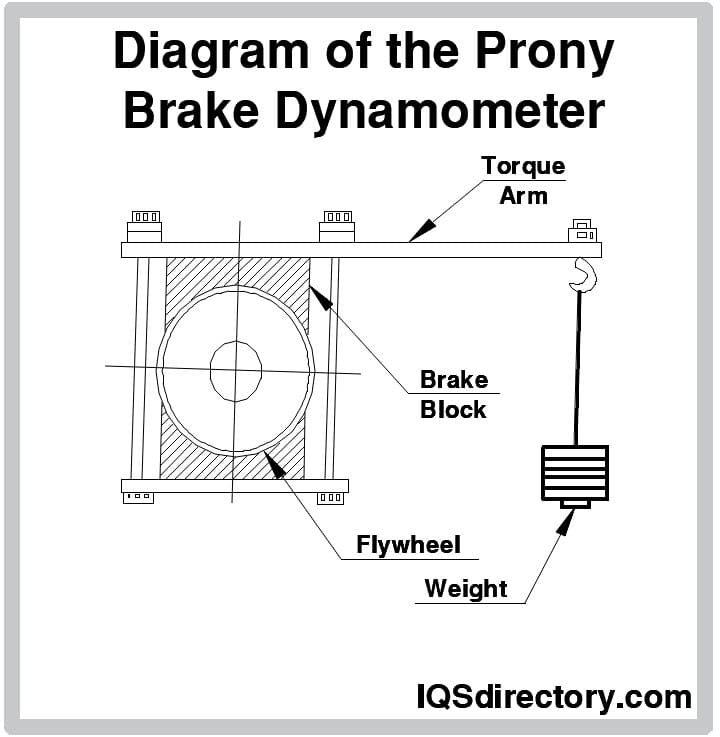
Eddy Current Dynamometer
- It is a chassis dynamometer type. That is, the machine measures twisting motion and subsequent power produced by the wheels of a vehicle. It has a disc or iron core which spins inside a magnetic field. The subsequently generated eddy currents act as the breaking force.
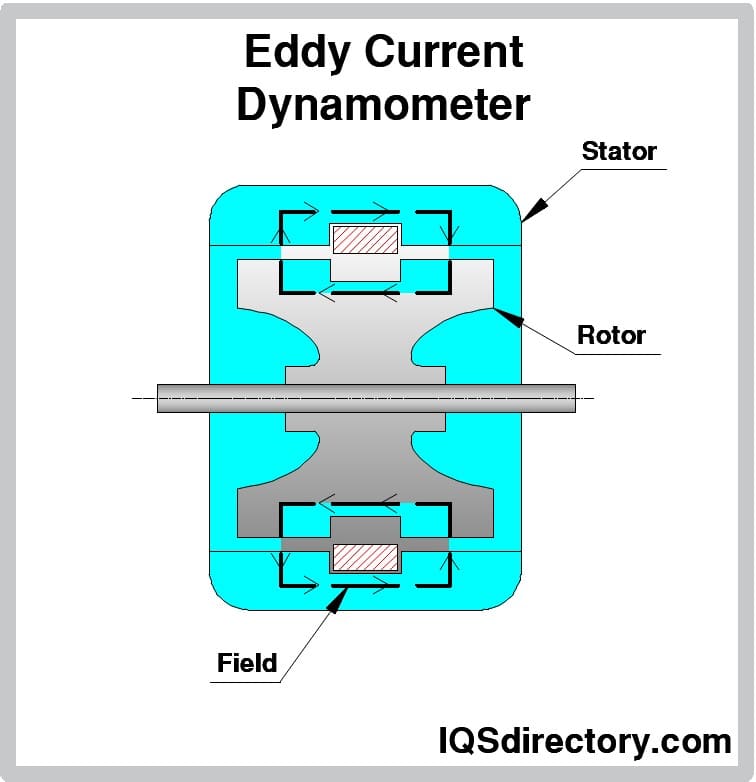
Applications of Dynamometers
In addition to being used to calculate the power or torque attributes of a machine under test (MUT), a dynamometer is employed in various other roles.
In standard emissions testing cycles like those defined by the United State Environmental Protection Agency, dynamometers are utilized to offer simulated road loading for either the engine (utilizing an engine dynamometer) or complete powertrain (utilizing a chassis dynamometer).
In fact, beyond simple torque and power measurements, a dynamometer can be utilized as part of a testbed for a number of engine development events like the calibrating of engine management controllers, comprehensive investigations into combustion behavior and tribology.
Advantages of a Dynamometer
The following are some of the advantages of dynamometers:
- Does not need special calibration
- Ensure safety on job sites
- Reduce damage to objects under test
- Increase work efficiency by providing reliable and accurate measurements
- Variety of types to cater for numerous needs
Selecting the Right Dynamometer Company
To make sure you have the most constructive outcome when purchasing dynamometers from a dynamometer supplier, it is important to compare several dynamometer suppliers using our directory of dynamometer suppliers. Each company has a business profile page illustrating their areas of experience and capabilities, along with a contact form to directly contact them for more information or request a quote. Review each dynamometer company website using our patented website previewer for a better idea of what each business specializes in. Then, use our simple RFQ form to contact multiple dynamometer companies with the same form.

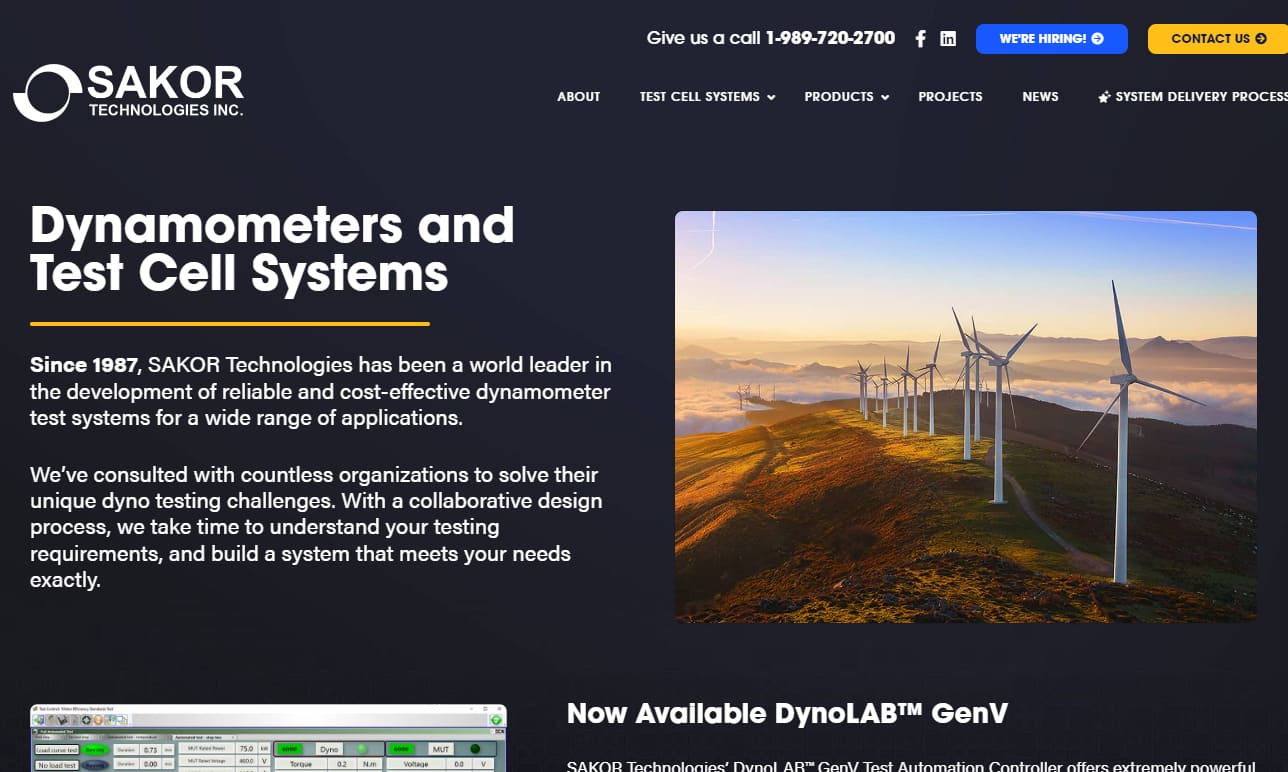
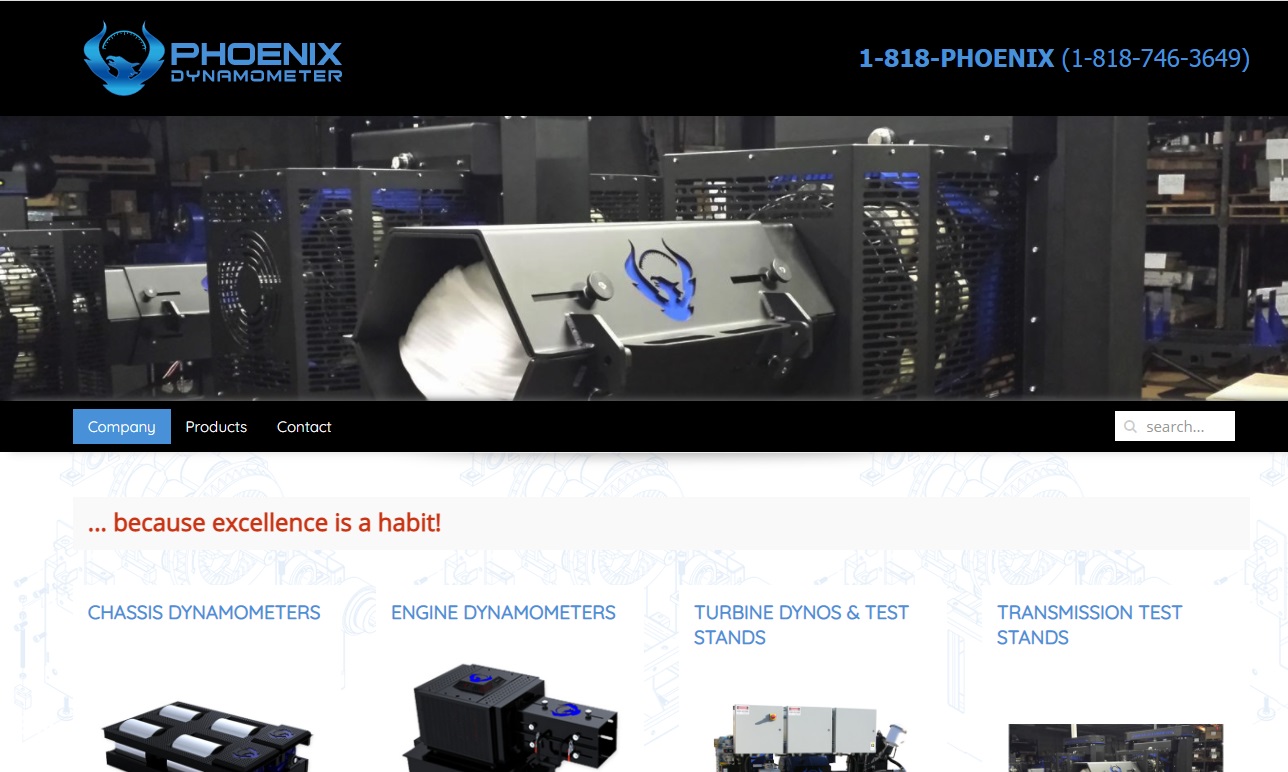








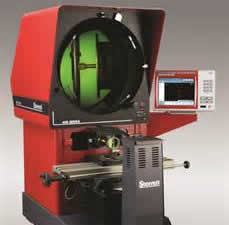 Calibration Services
Calibration Services Clean Rooms
Clean Rooms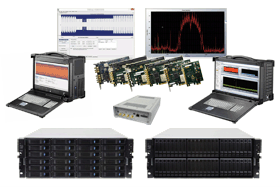 Data Acquisition Systems
Data Acquisition Systems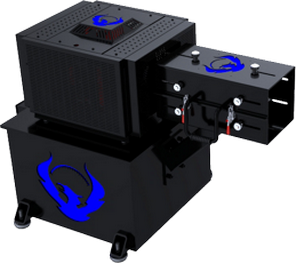 Dynamometers
Dynamometers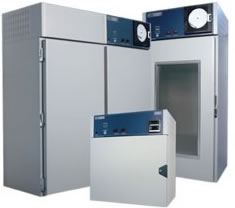 Environmental Test Chamber
Environmental Test Chamber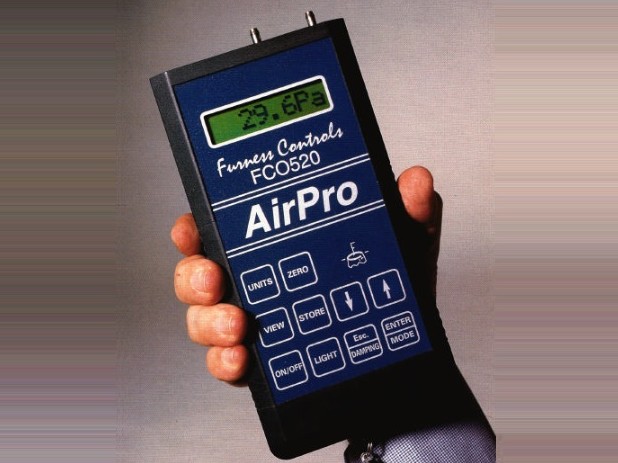 Leak Detectors
Leak Detectors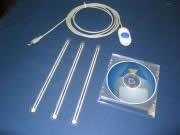 Load Cells
Load Cells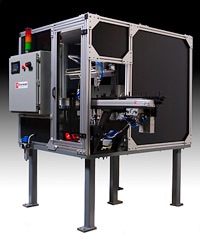 Machine Vision Systems
Machine Vision Systems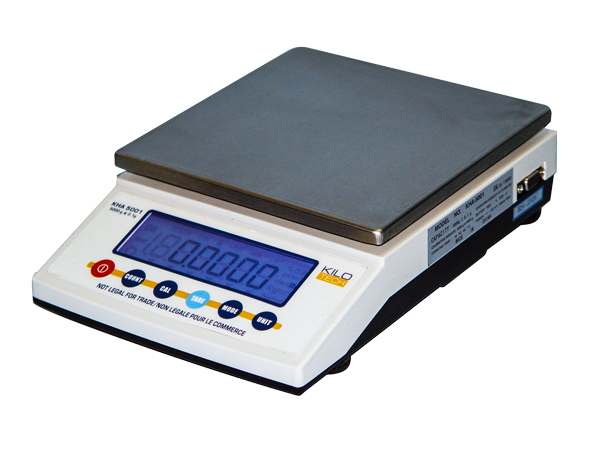 Scales
Scales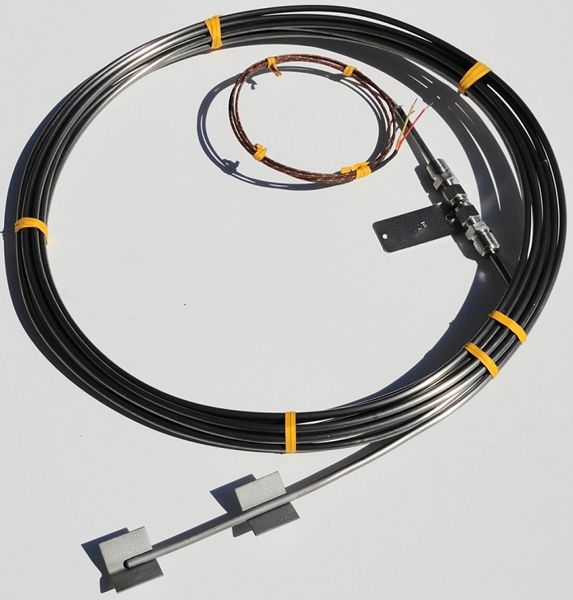 Thermocouples
Thermocouples Castings & Forgings
Castings & Forgings Bulk Material Handling
Bulk Material Handling Electrical & Electronic Components
Electrical & Electronic Components Flow Instrumentation
Flow Instrumentation Hardware
Hardware Material Handling Equipment
Material Handling Equipment Metal Cutting Services
Metal Cutting Services Metal Forming Services
Metal Forming Services Metal Suppliers
Metal Suppliers Motion Control Products
Motion Control Products Plant & Facility Equipment
Plant & Facility Equipment Plant & Facility Supplies
Plant & Facility Supplies Plastic Molding Processes
Plastic Molding Processes Pumps & Valves
Pumps & Valves Recycling Equipment
Recycling Equipment Rubber Products & Services
Rubber Products & Services